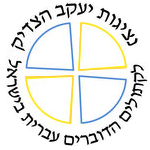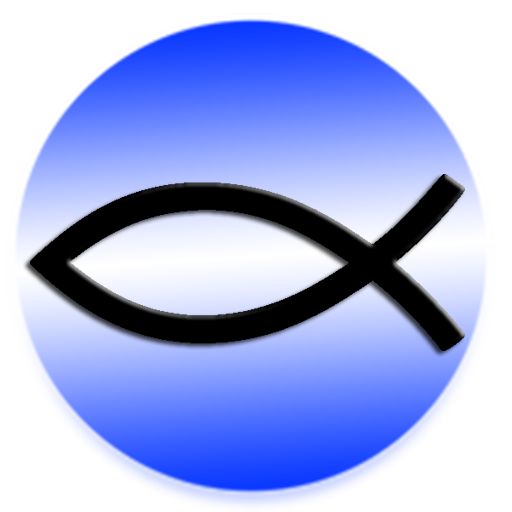40 days of repentance
Benedetto, seminarian in the Saint James Vicariate, explains the meaning of Lent before Easter.
![]()
All of the Christian faith can be summed up in the two central mysteries: the Incarnation – the Word of God becomes flesh and blood in Jesus Christ – and his crucifixion, death, resurrection, ascension into heaven and sending of the Holy Spirit.
The Catholic liturgical year is built around these mysteries and prepares the faithful to deepen their understanding of them. It is divided into periods: two big blocs called “Ordinary Time” or “Time of the Church” and the “strong” times: Advent, the time of Christmas, Lent and finally Easter Time – which is actually the primary time upon which the rest of the liturgical year is built.
Usually, Advent and Lent are presented as being connected to Christmas and Easter, times of preparation for these important periods. One can indeed think in this way, however, one can also see them as times in themselves. In fact, each liturgical period invites us to enter in a special way into a specific component of the Christian faith, components that are not exhausted but continue throughout the year. All the Christian mysteries are tied to one another and are interlinked. One can say that each period offers a particular spirituality, in order to deepen it, and not necessarily dependent on the coming feast or period. Hope and expectation of the time before Christmas are, after all, central elements in Christian spirituality and, likewise, repentance and the joy of the resurrection.
Ash Wednesday brings the Church into a fascinating journey of repentance, an entry that comes to expression in the ancient and moving rite of sprinkling ash on the head or forehead of the faithful, starting with the priest. With this rooted symbol, accompanied by the words “Repent and believe in the Gospel”, the faithful begin an imaginative but very real adventure of repentance: an account of conscience, an acknowledgement of sin and setting things right. Three means are proposed by the Church at this time, means that derive directly from the teaching of the Lord Jesus: prayer, fasting and giving to charity.
With regard to fasting, it is important to stress that the Christian conception is a little different from the Jewish one. Except for the rule of not eating meat on Ash Wednesday and on the Fridays of Lent, the fast is not necessarily connected to food and drink. In our day, there is the tendency to stress that by giving something up that one likes doing, one can save (money or time) that can be spent on charity or service. This can of course also be food but each one is authorized to interpret this principle for him or herself in a personal way and according to their capacities.
Repentance does not of course conclude in the forty days of the year set aside for this, however, thanks to these days, the faithful can come back to him or herself and to God, renew the spirit, and with a lighter heart participate in the new creation that is itself renewed at Easter.
“A pure heart, create in me O Lord and a right spirit renew within me” (Psalm 51).












 Reflecting on Purim and on Lent
Reflecting on Purim and on Lent Rosh HaShana – the Feast of God the Father
Rosh HaShana – the Feast of God the Father Four Words For the Easter Season
Four Words For the Easter Season Ash Wednesday of T. S. Elliot
Ash Wednesday of T. S. Elliot Holy Wednesday
Holy Wednesday Epiphany – the light will conquer the darkness
Epiphany – the light will conquer the darkness